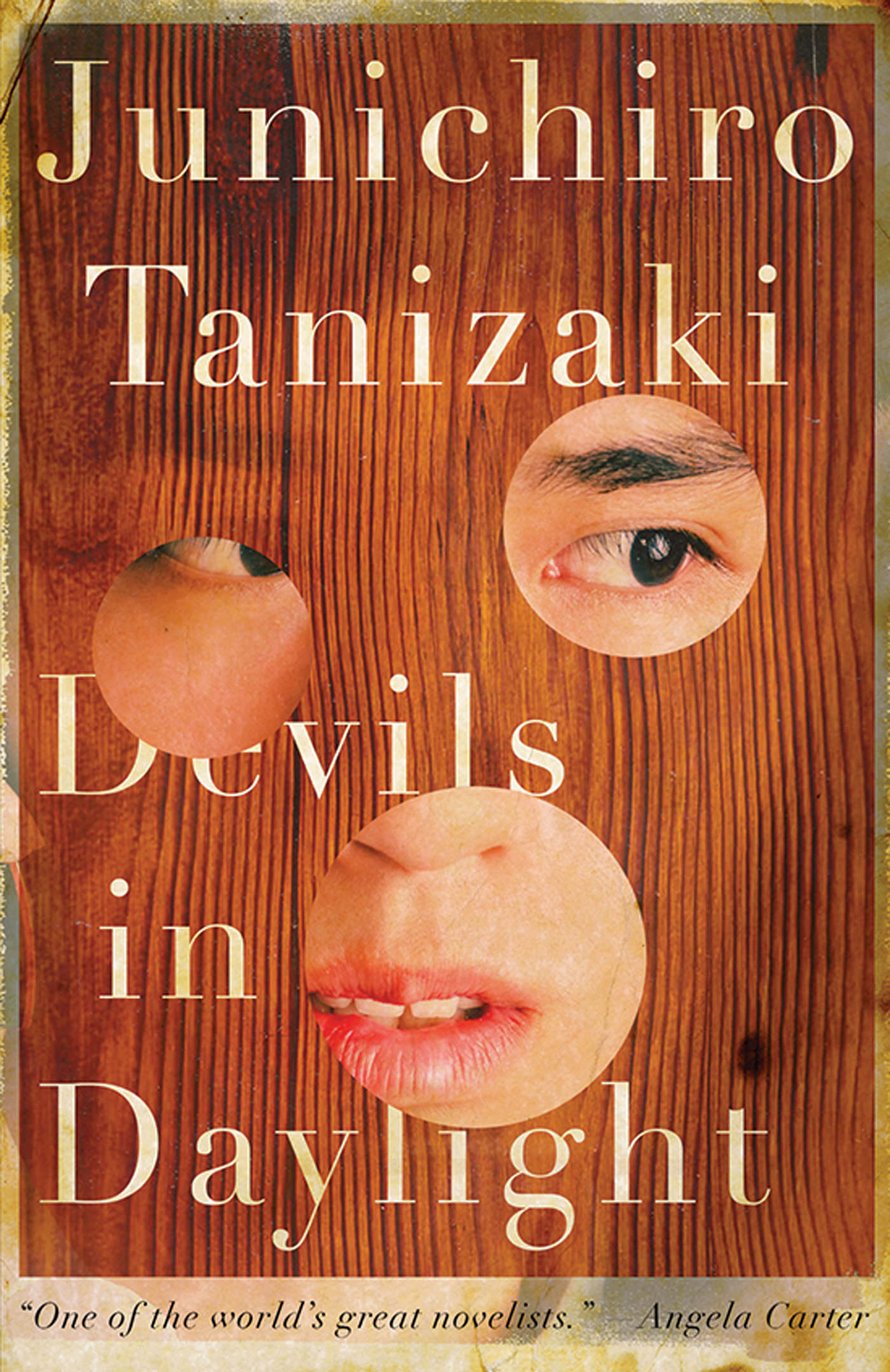What do you think?
Rate this book


96 pages, Paperback
First published January 1, 1918
“My desire to die at her hands, I assure you, is not a case of sour grapes.”
“Of course Devils in Daylight is itself a kind of translation of "The Gold Bug." Tanizaki takes the bare outlines of his plot and the narrative frame from Poe, and changes the setting from swampy Sullivan's island offthe North Carolina coast to the streets of Taisho-period Tokyo. Poe's tale is told from the perspective of a narrator whose friend "William Legrand" is a lot like Tanizaki's Sonomura-brilliant but "disposed to lunacy." – Afterword/Translator’s Notes (J. Keith Vincent)
“But Devils is about much more than the relation between cinema and literature. It is a tale of the rivalry between literature and a number of other media forms. The murder scene that plays out in front of Sonomura and Takahashi's eyes combines elements of cinema, literature, photography, and live theatre. But this be¬ing Tanizaki, the point is less to see which one wins than to enjoy the effects produced by multiple layers of mediation. Why stay at home writing a novel, Sonomura asks Takahashi, when you have a chance to watch an actual murder being committed?” – Afterword/Translator’s Notes (J. Keith Vincent)
“She is a heroine ripped from the pages of a detective novel, a devil incarnate; a demon who has long been nesting in the fantasy world inside my head. She is the fantasy I have longed for, now manifested in the real world and come to comfort me in my loneliness. I believe she has come into existence for my sake alone.”
“My entire fortune is yours if you will use your own hands to kill me like you did before. But this time for real.”
"It's beautiful because it's frightening, silly! Don't they say that demons are just as beautiful as gods?"